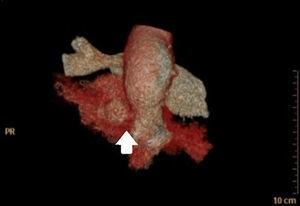Journal Information
Share
Download PDF
More article options
Letter to the Editor
Patient safety, what does clinical simulation and teaching innovation contribute?
Seguridad del paciente, ¿qué aportan la simulación clínica y la innovación docente?




